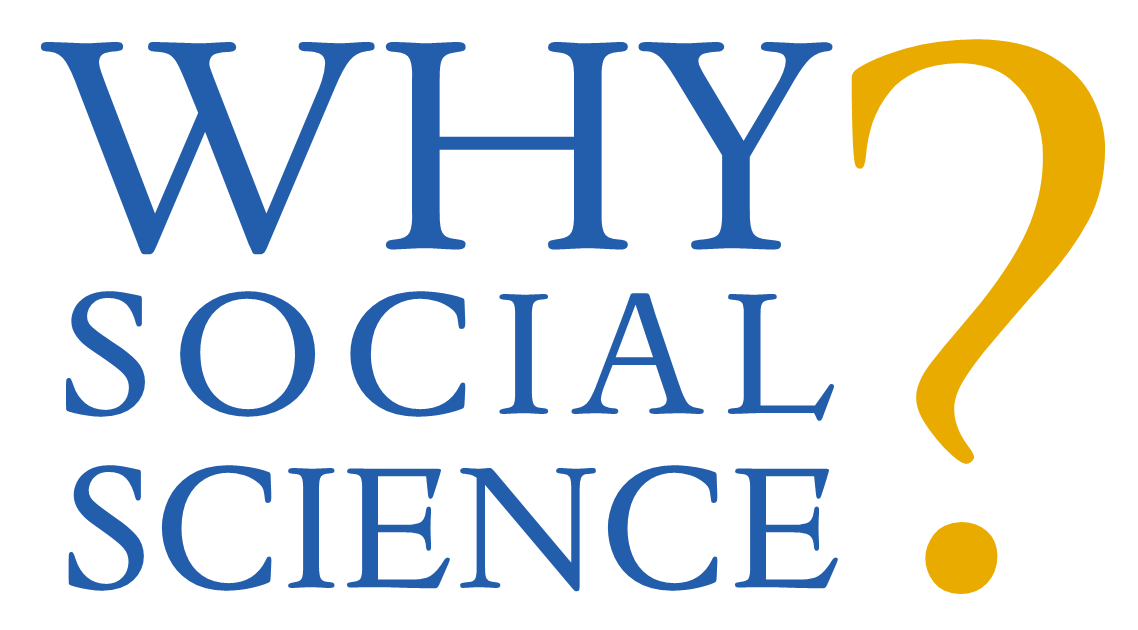Because Our Work Helps Us Envision and Build a Better Future
We live in an era of rapidly expanding economic inequality, humanitarian crises, chaotic deportation efforts, the militarization of U.S. cities, global conflicts and wars, burdensome labor practices that undermine work-life balance, and continued attempts to erode rights and protections of women, racial and ethnic minorities, and LGBTQ+ people. We also face ongoing environmental catastrophes, with additional consequential environmental challenges looming on the horizon. Social science provides a window to understand such issues and offers tools that can help us create more equitable policies to address these social problems. Every day, sociologists and other social scientists put research into action and ideas into impact in ways that help improve our collective future and build pathways toward more just outcomes.
Read More